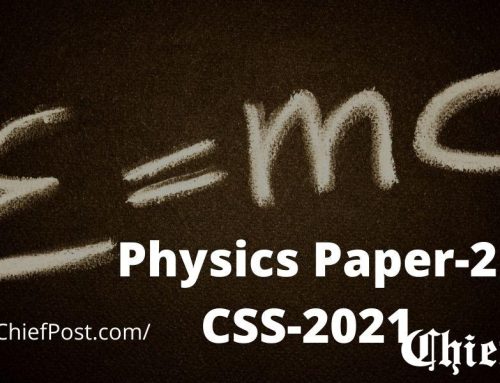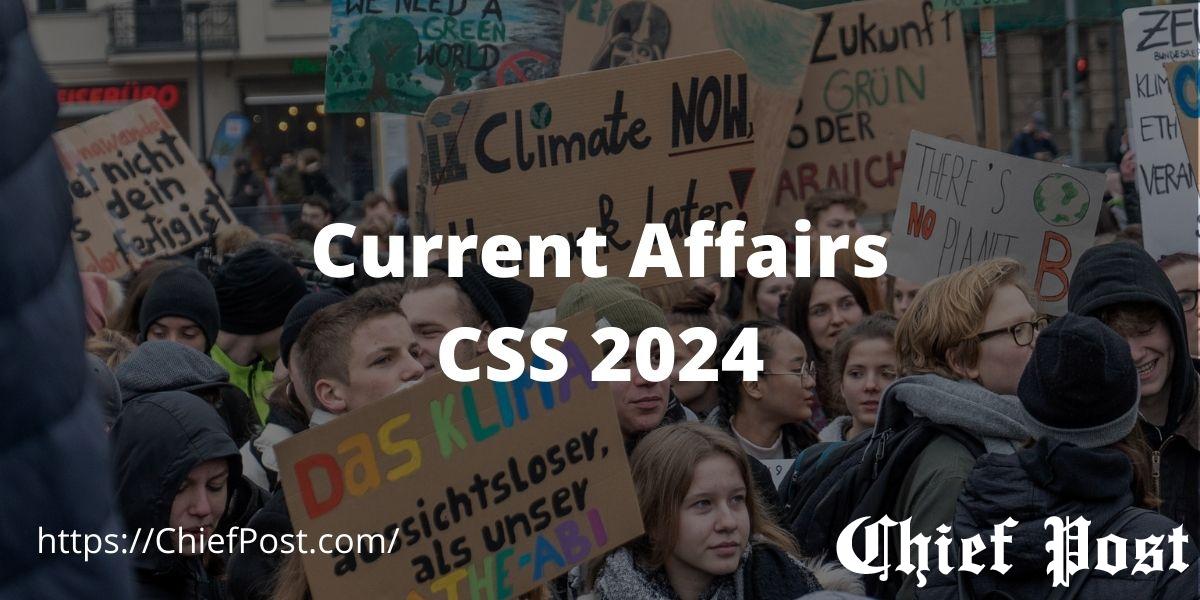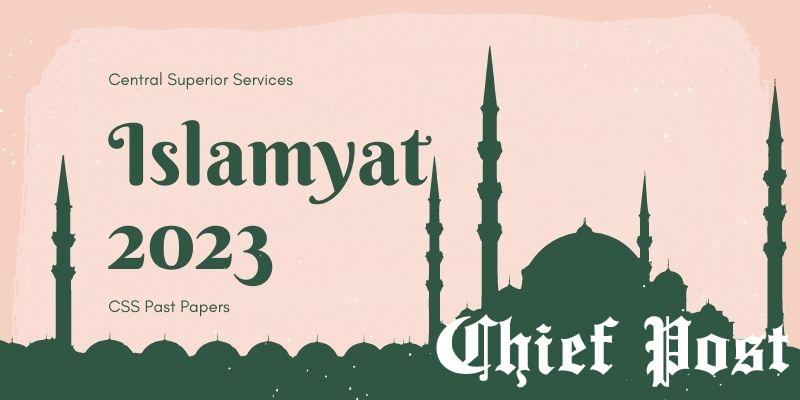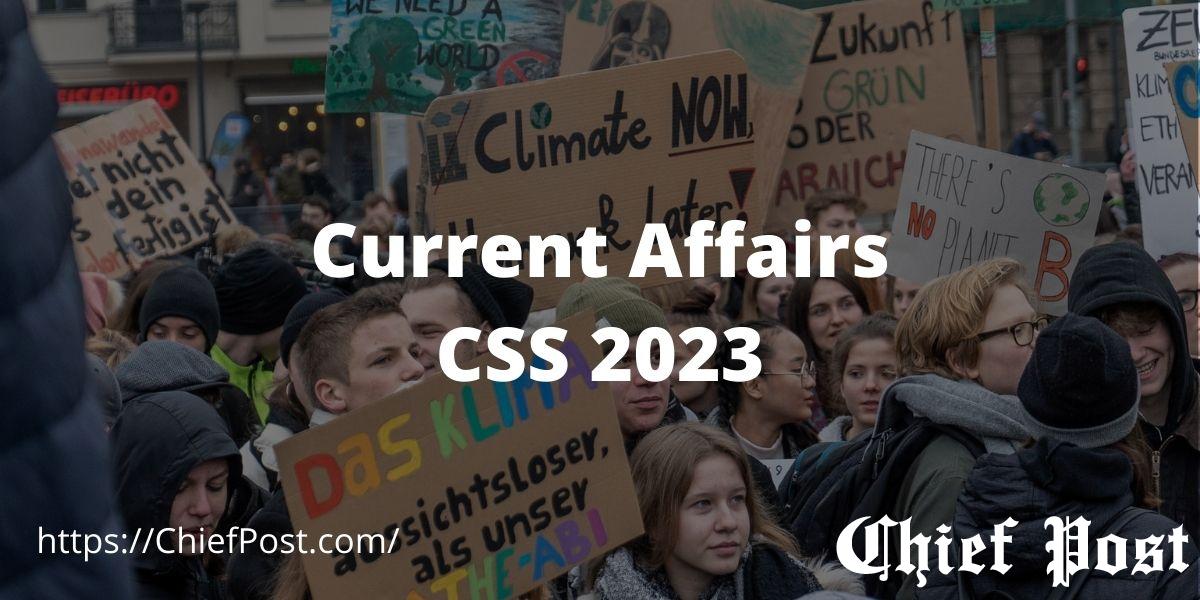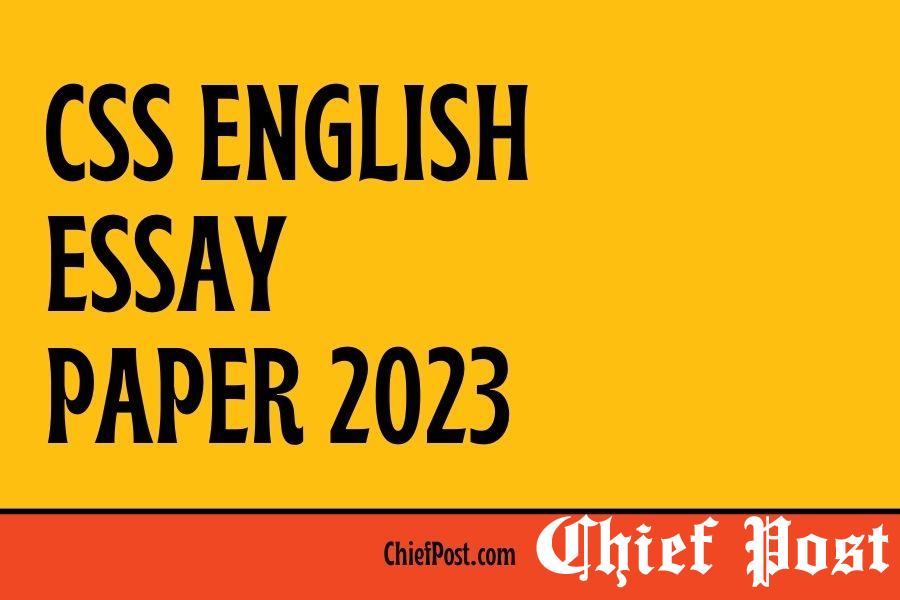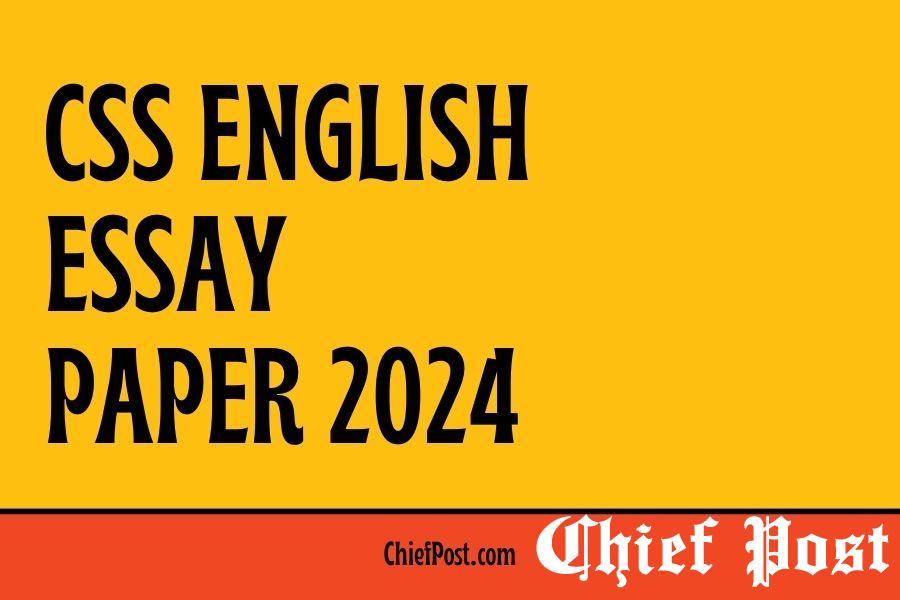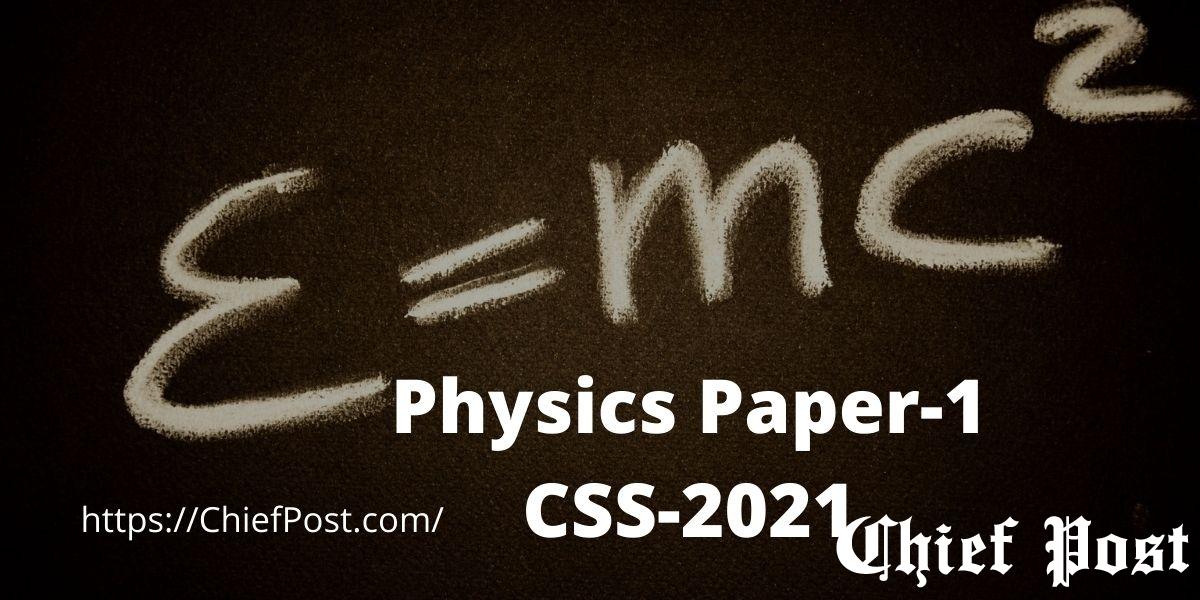
Physics Paper-1 2021 — CSS Past Paper
FEDERAL PUBLIC SERVICE COMMISSION
COMPETITIVE EXAMINATION-2021
FOR RECRUITMENT TO POSTS IN BS-17
UNDER THE FEDERAL GOVERNMENT
PHYSICS, Paper-1
TIME ALLOWED: THREE HOURS
PART-I(MCQS): MAXIMUM 30 MINUTES
PART-I (MCQS) MAXIMUM MARKS = 20
PART-II MAXIMUM MARKS = 80
NOTE:
- (i) Part-II is to be attempted on the separate Answer Book.
- (ii) Attempt ONLY FOUR questions from PART-II. ALL questions carry EQUAL marks.
- (iii) All the parts (if any) of each Question must be attempted at one place instead of at different places.
- (iv) Candidate must write Q. No. in the Answer Book in accordance with Q. No. in the Q.Paper.
- (v) No Page/Space be left blank between the answers. All the blank pages of Answer Book must be crossed.
- (vi) Extra attempt of any question or any part of the attempted question will not be considered.
PART-II
Q. No. 2.
(a) Describe Einstein: postulates of special theory of Relativity. Express the difference between the special and the general theories of Relativity.
(b) Establish the energy-mass relationship and give its significance. (10) (20)
Q. No. 3.
(a) Differentiate between Fermi-Dirac. Bose-Einstein and Maxwell Statistics. Give application of each.
(b) Draw a labelled diagram of u nucleic reactor and give significance of each part. (10) (20)
Q. No. 4.
(a) Distinguish between the linens and angular momentum. Express Newton’s second law in terms of the linear and angular motion.
(b) Discuss the acceptor and rejecter electronic circuits. (10) (20)
Q. No. 5.
(a) Describe and explain the Miller indices. Recognize the symbols <111>, [010], (111).
(b) Discuss the closest packed crystal structures. (10) (20)
Q. No. 6.
(a) Can you imagine a three dimensional diffraction grating? Describe in detail. (10)
(b) Justify the dual nature of light with elaborative examples. (10) (20)
Q. No. 7.
(a) State and explain the three laws of Thermodynamics. (10)
(b) What is a heat engine? Determine the efficiency of the engine if it takes 10,000 J of heat and delivers 2000 J of work per cycle.
Q. No. 8.
Write no on any TWO of the following: (10 each) (20)
- (a) Mickelson-Morley experiment and its latest usage in a recent Nobel award.
- (b) Unification of forces and Abdus Salam contribution.
- (c) An essay on Large Hadron Practical Accelerator.
******************

